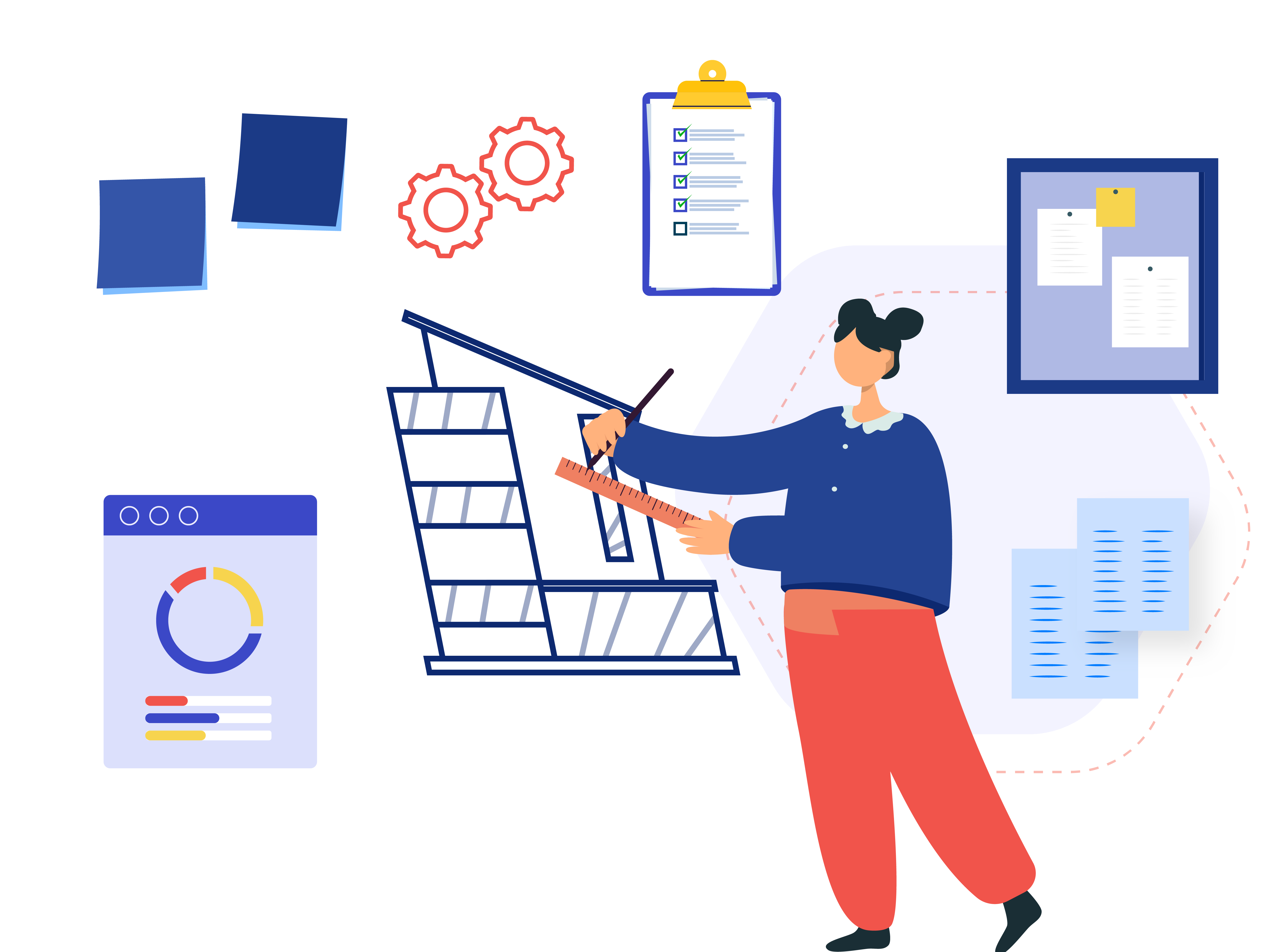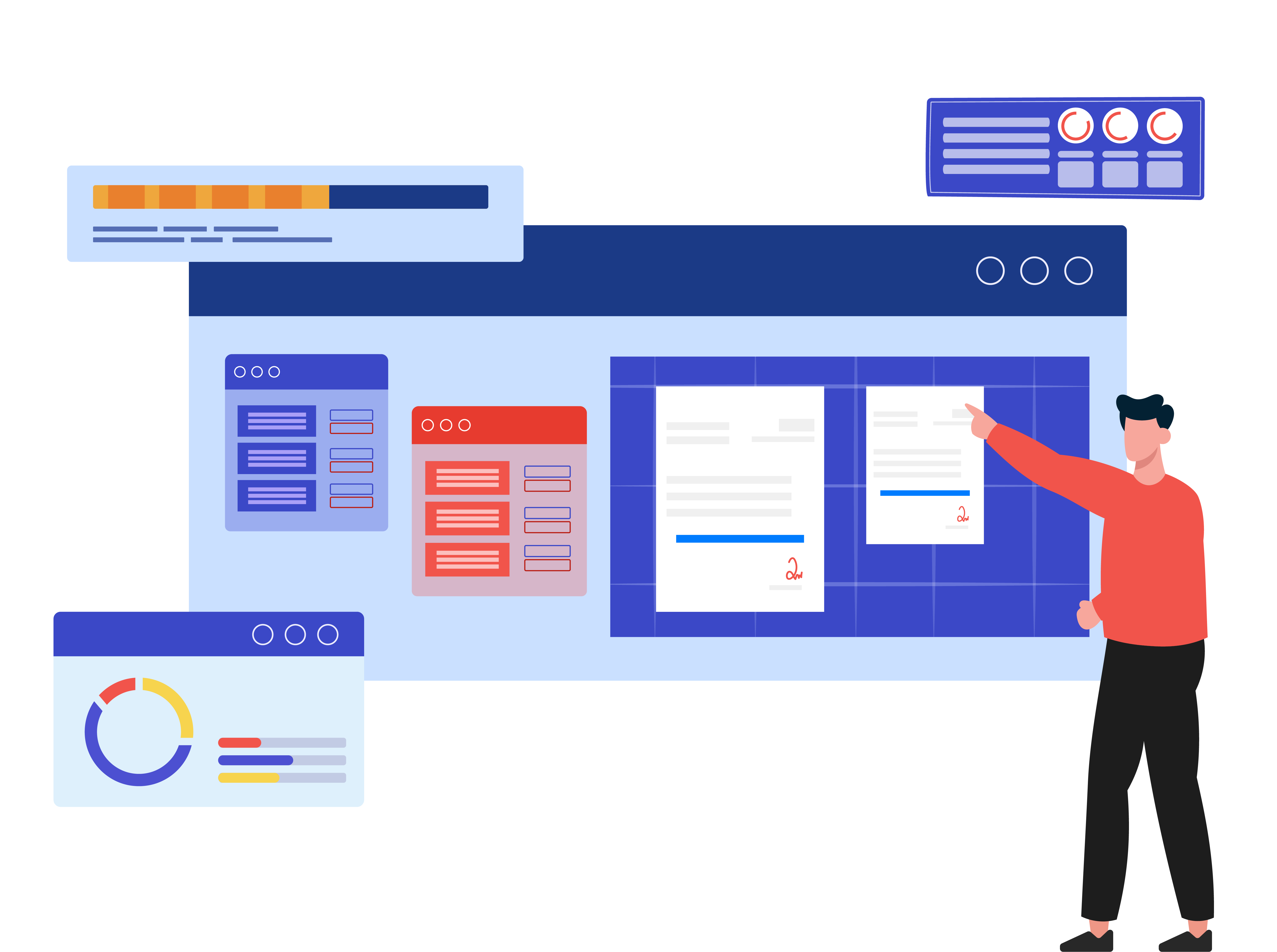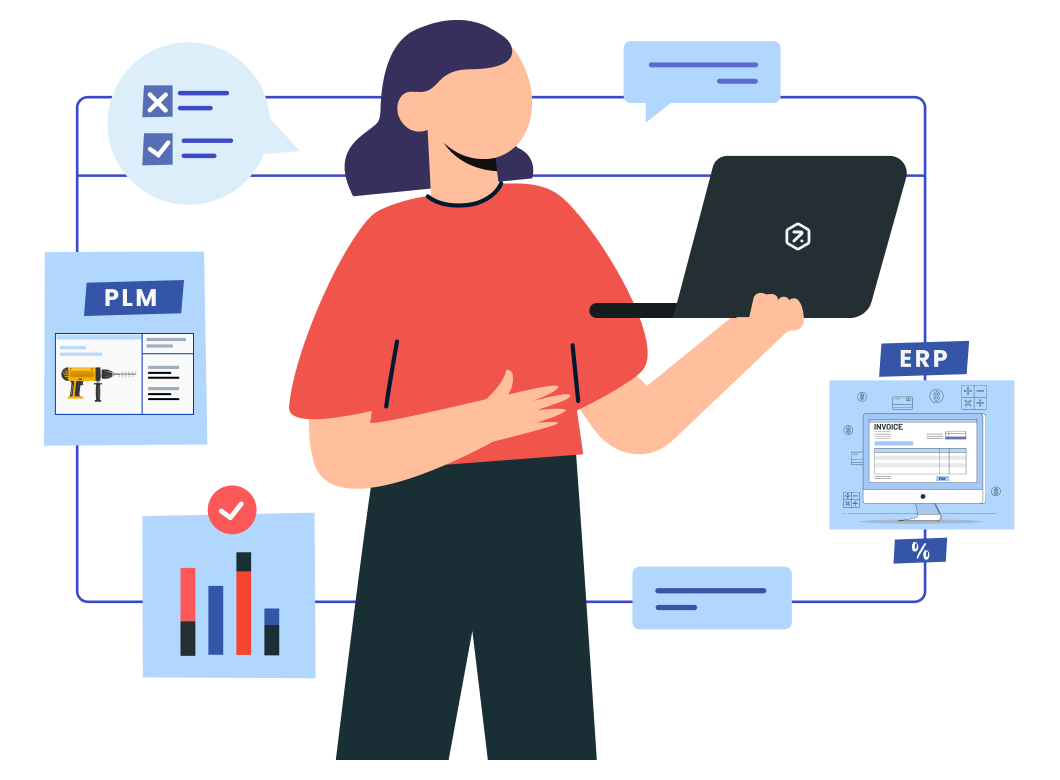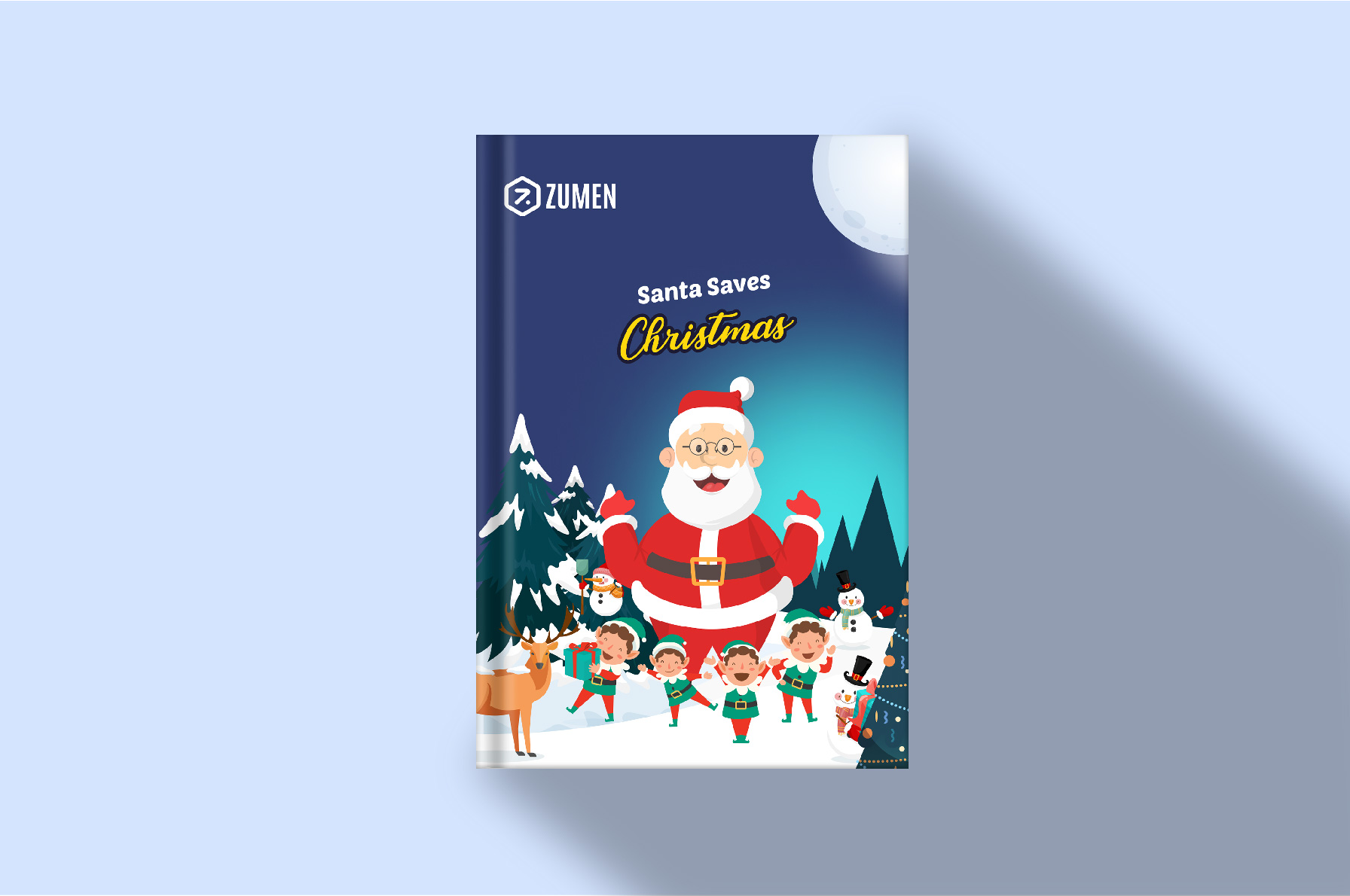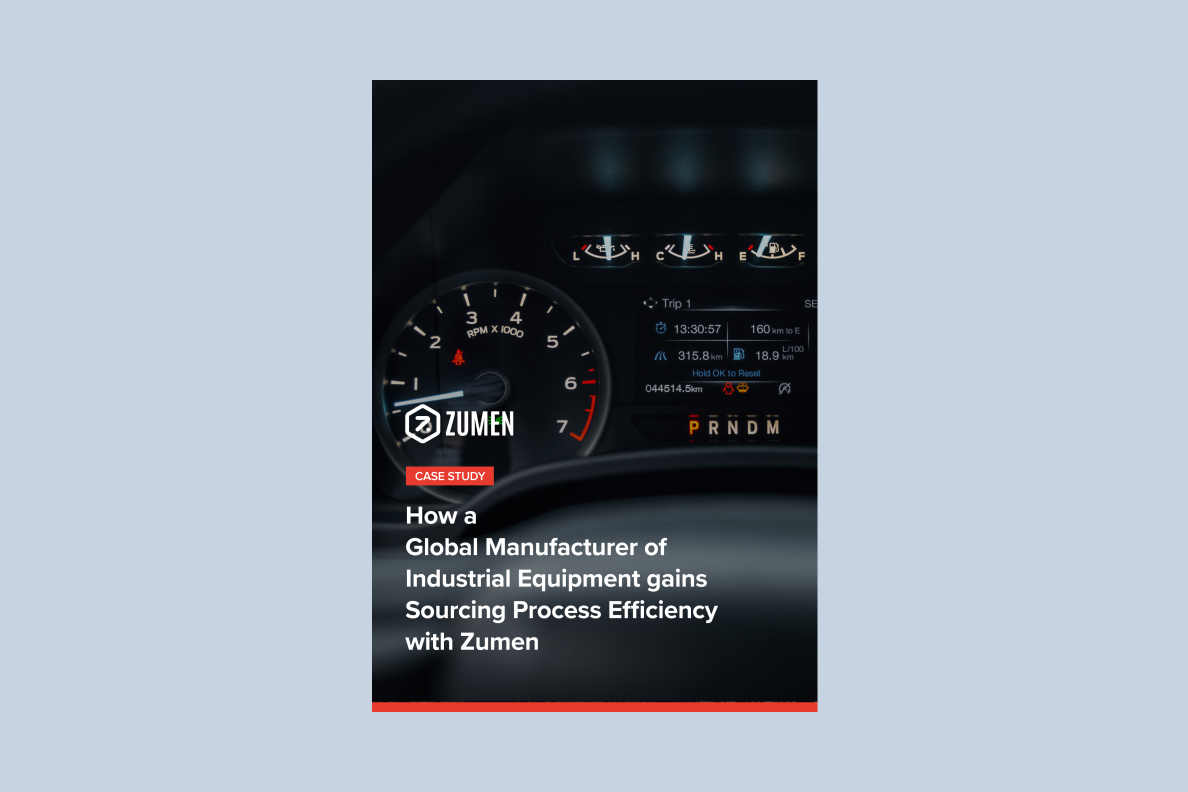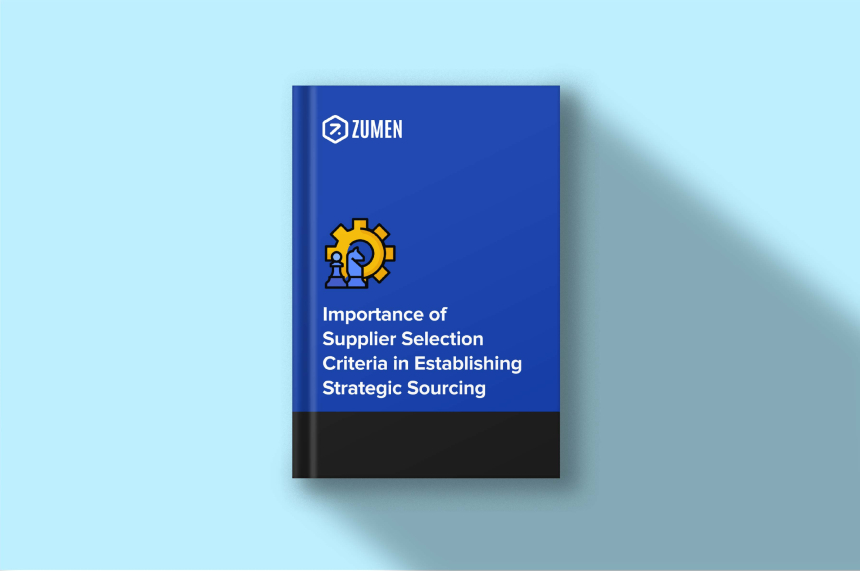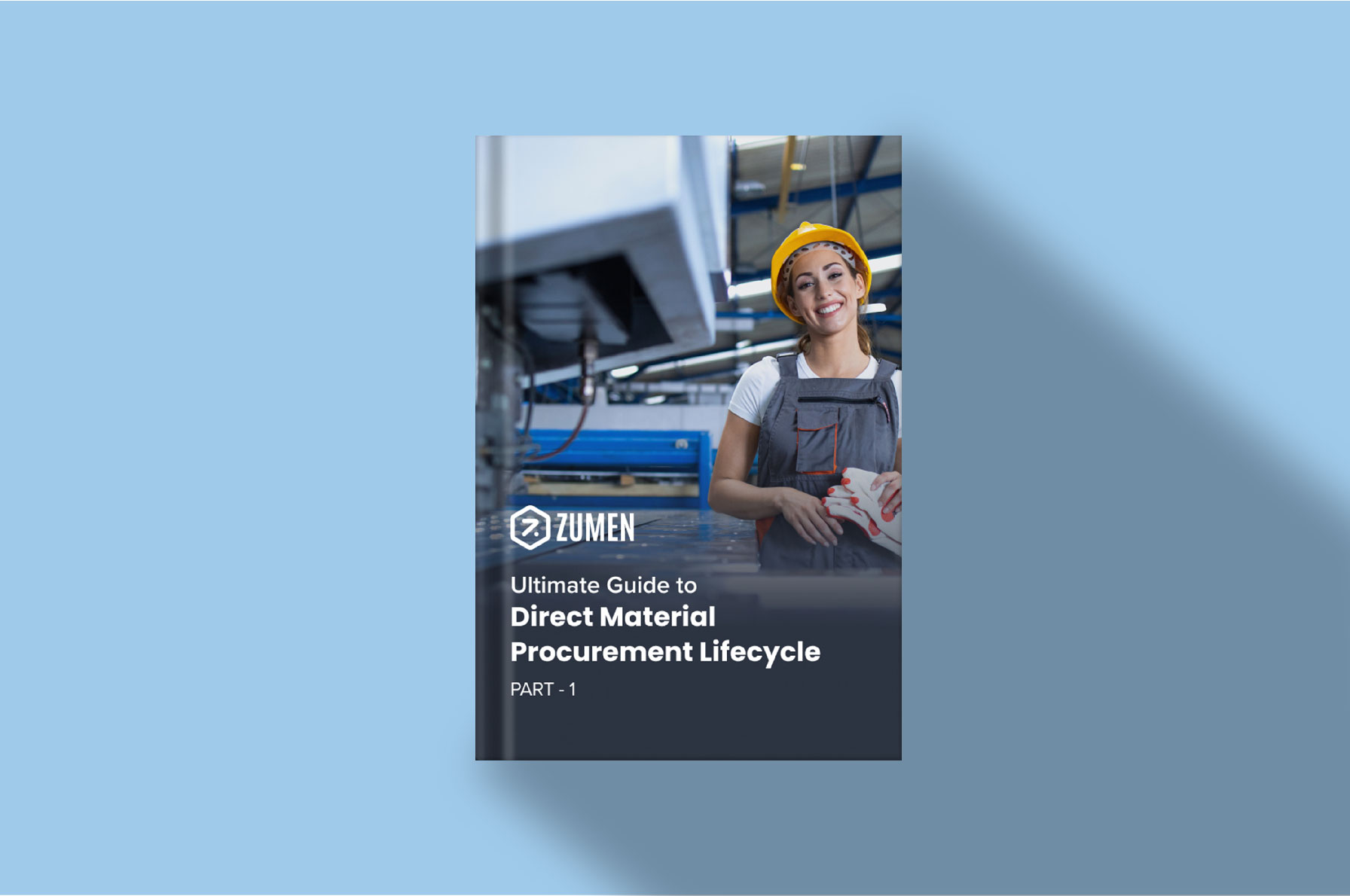

Download E-book
Direct Material Procurement Life Cycle Guide - Part 1
Procurement is not a new term. Infact, the role of “Procurement” was mentioned in the early 1800s in Charles Babbage’s book, On the Economy of Machinery and Manufactures. In that book, he points out the need for a ‘material man’ to select, purchase, and track goods and services. Since then, procurement has evolved by leaps and bounds to where we are today – the era of digital transformation.
Procurement in manufacturing is split into two groups. Indirect material procurement is related to purchasing goods and services such as office supplies, utilities, human resources, travel, etc. Direct material procurement is a highly complex and extensive process. It is the purchasing of goods that go directly into manufacturing a product. And direct material procurement accounts for 65-80% of the total Cost of Goods Sold (COGS). Considering the complexity, it is important to understand every nook and corner of the direct material procurement process. And the Ultimate Guide to Direct Material Procurement Part 1 and Part 2 serve that purpose.
Part 1: An introduction to the direct material procurement lifecycle and the criticality of procurement’s role in launching a successful product.
Part 2: Procurement’s role in the production phase of the product lifecycle, referred to as Procure-to-Pay, and how it differs from Source-to-Pay.
The objective of these guides is to explain the Direct Material Procurement Lifecycle in the context of product manufacturing companies. The details, exceptions, and complexities involved.
Additionally, we think the guides will be a useful resource for startups and expanding companies in the product manufacturing sector, assisting them in comprehending the international direct material procurement and sourcing processes, putting the proper procedures in place, and choosing the appropriate technology to manage their direct material procurement.
Download today your copy of the Ultimate Guide to Direct Material Procurement Lifecycle Part 1. Stay tuned for Part 2.
